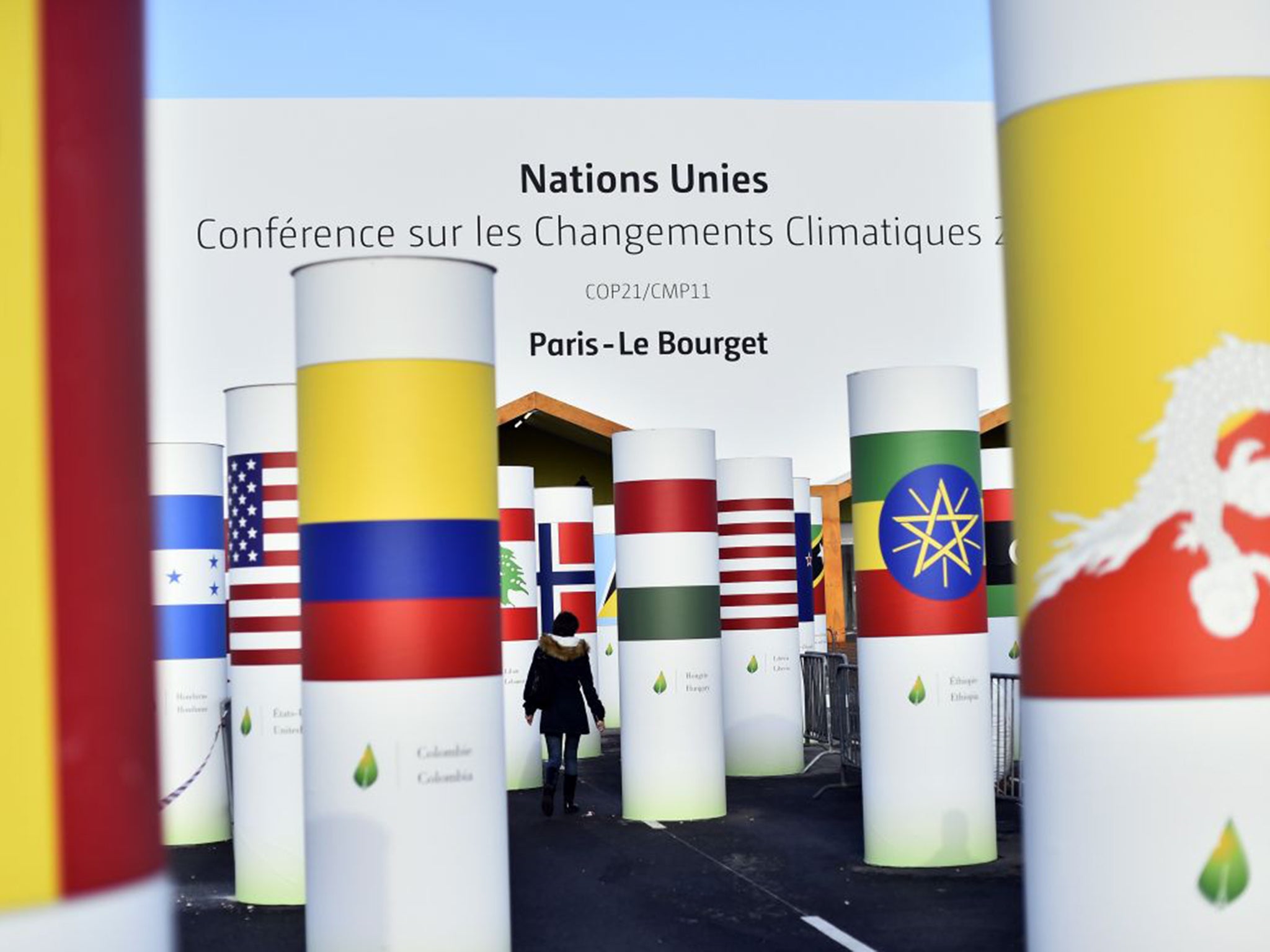COP21: Everything you need to know about the Paris Climate Change conference
China and the US, the two biggest CO2 producers, have shown a desire to curb climate change in the last year meaning a positive outcome is a possibilty

What are they all about?
Running from Monday 30 November to Friday 11 December, world leaders have set themselves a target of agreeing dramatic and meaningful action to curb climate change.
Ahead of the conference, more than 160 countries have said how much they are prepared to cut their carbon emissions by 2030, which puts the world on course for 2.7C of global warming. This isn’t enough and the hope is that further steps can be taken in Paris that will bring the 2C target within range.
What kind of steps?
The UN’s climate chief, Christiana Figueres, the EU and many, though not all, countries want any agreement in Paris to include a “rachet mechanism”. This would require countries to revisit – and hopefully increase – their emissions pledges every five years as green technology progresses.
There are also hopes that a longer-term goal can be established that goes beyond 2030. This might take the form of a goal to phase out fossil fuels by, say, 2050. Shorter term actions governing the period between 2020 and 2030 – during which there are no climate goals – could also be agreed, while a system to monitor whether countries are meeting their emissions pledges will also need to be worked out.
What are the main sticking points to an agreement?
The big tension is between the rich countries, which have historically produced most of the CO2 behind global warming and which tend to be less affected by its consequences and the poorer, developing countries.
The rich countries have pledged to give the poor ones $100bn a year by 2020 to help them reduce their emissions and adapt to climate change and they are currently giving them just over half that amount. But whether they will get to $100bn – and what happens after 2020 – hangs in the balance. Developing countries also want “loss and damage” funds, for example to help repair the damage caused by climate change-related events such as hurricanes.
If meaningful steps aren’t taken to what has been dubbed “climate justice” then some countries may decide not to sign any agreement and people will come away with nothing.
Which countries may try to scupper a deal?
Broadly speaking, those that have most to lose from a shift to green energy – the big oil and gas producing countries such as Russia, Saudi Arabia and Venezuela for which hydrocarbons provide a huge portion of the national income. And the countries with most to lose from global warming – typically the lowest-lying and the poorest, including the Maldives and the Philippines – because they may feel inclined to stop a deal if they think it is far too weak.
What’s changed since Copenhagen in 2009?
The United Nations climate change summit in Copenhagen is generally regarded as a major disappointment that took the wind out of the fight against global warming’s sails for a good five years. But things are very different this time.
China and the US, the two biggest CO2 producers and who have traditionally been hostile to cutting them, have come on board in a crucial way in the past year or so. While rapid technological advances have brought down the cost of green energy more and faster than anybody could have imagined.
Join our commenting forum
Join thought-provoking conversations, follow other Independent readers and see their replies
Comments
Bookmark popover
Removed from bookmarks